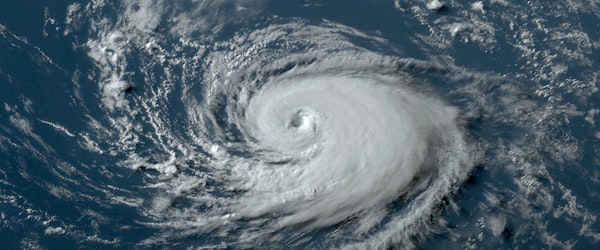
Atlantic Hurricane Activity Predicted to Surge Through Mid-October 2024
Friday, October 4th, 2024 Catastrophe Insurance Industry Property Risk ManagementColorado State University’s latest hurricane activity forecast, covering October 1-14, 2024, predicts an extremely active two-week period in the Atlantic. The forecast indicates a 99% probability of above-normal tropical cyclone activity, driven by multiple storm systems that are currently developing or already active. This surge in activity is largely attributed to favorable atmospheric conditions, including reduced vertical wind shear and the current phase of the Madden-Julian Oscillation (MJO), which is conducive to storm formation in the Atlantic.
Tropical Storm Kirk, located in the eastern and central Atlantic, is projected to strengthen into a major hurricane, potentially generating over 20 Accumulated Cyclone Energy (ACE) units before it dissipates. The system is expected to be a key contributor to the heightened hurricane activity during the forecast period. Kirk’s development alone would almost certainly ensure that the two-week period will experience above-normal hurricane activity.
In addition to Kirk, the National Hurricane Center is monitoring two other areas with high potential for tropical cyclone development. Invest 91L in the eastern Atlantic has an 80% chance of forming into a cyclone within 48 hours, and this storm could further increase ACE values during the forecast period. Another system in the northwest Caribbean or Gulf of Mexico has a 40% chance of development over the next week, though its potential for significant ACE accumulation is less certain due to inconsistencies in forecasting models.
Looking beyond mid-October, the forecast remains highly active for the Caribbean, with well above-average ACE predicted for the October-November period. Although the current model projections suggest a slightly reduced outlook compared to previous years, the forecast ACE remains aggressive, indicating that late-season hurricanes could resemble past high-impact years like 1998, 2005, 2016, and 2020. This extended hurricane activity will require close monitoring, particularly in the Caribbean, where storm formations could pose significant risks to property and lives.
These forecasts highlight the importance of preparedness for residents and businesses in hurricane-prone regions as the Atlantic hurricane season enters a particularly volatile phase.





